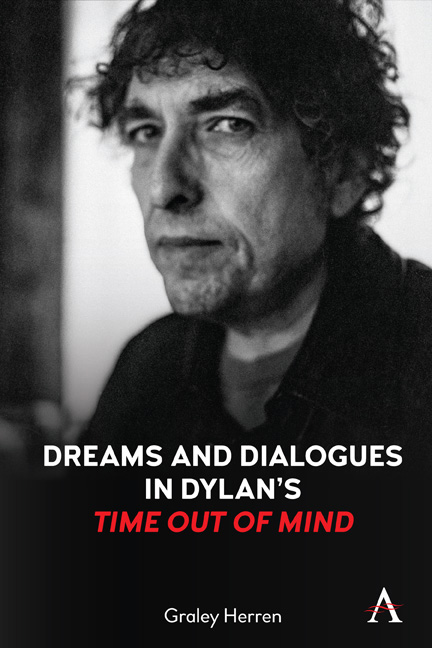Summary
From a critical perspective, the interviews Dylan gave in support of Renaldo and Clara (1978) may have left a more lasting impact than the film itself. Modeled in part after Michael Carne's Les Enfants du Paradis [Children of Paradise] and shot piecemeal with friends and tour mates during the 1975 leg of the Rolling Thunder Revue, Renaldo and Clara is a sprawling and enigmatic feverdream. After a limited release in which it was largely panned by critics as indecipherable, the film was pulled from theaters and has languished in the archives ever since. Dylan believed strongly in Renaldo and Clara, however, and tried harder than usual to explain his intentions and defend the film's merits to interviewers. His most revealing exchange came in September 1977 with Allen Ginsberg, who was enthusiastic about Renaldo and Clara and wanted to write an extended piece on it. According to John Bauldie, Ginsberg “asked for Dylan's cooperation, watched the film several times and then conducted a lengthy interview with him, in which the film's aims, objectives and symbolism were discussed. However, at the interview's conclusion Dylan told Ginsberg that he thought he had ‘revealed too much’ and demanded that Allen give him the tape back.” More than anything what Dylan revealed was his penchant for allegory. He expounds upon the allegorical function of characters, props, costumes and settings in the interview. The lead character Renaldo, played by Dylan, morphs through various identities, but primarily he serves as the allegorical hero: “He's Everyman in the movie, and he survives. He is a man contemplating the future. […] The man on the floor at the end is the Dreamer. That's neither Renaldo nor the chorus nor the man on the stage— the stage is part of the Dream. A man who's walking around seeming to be alive has dreamt nothing. But the man on the floor, who's obviously dreaming, no one asks him anything— but the whole movie was his dream.” Later in the interview Dylan reiterates, “The movie is Renaldo's dream.”
Like Renaldo and Clara, Time Out of Mind presents a series of allegorical dreams. As distinct from the murder ballads layer of the dream discussed in the previous chapter, the religious allegory dimension does not feature a single unified character or story.
- Type
- Chapter
- Information
- Dreams and Dialogues in Dylan's "Time Out of Mind" , pp. 53 - 88Publisher: Anthem PressPrint publication year: 2021



